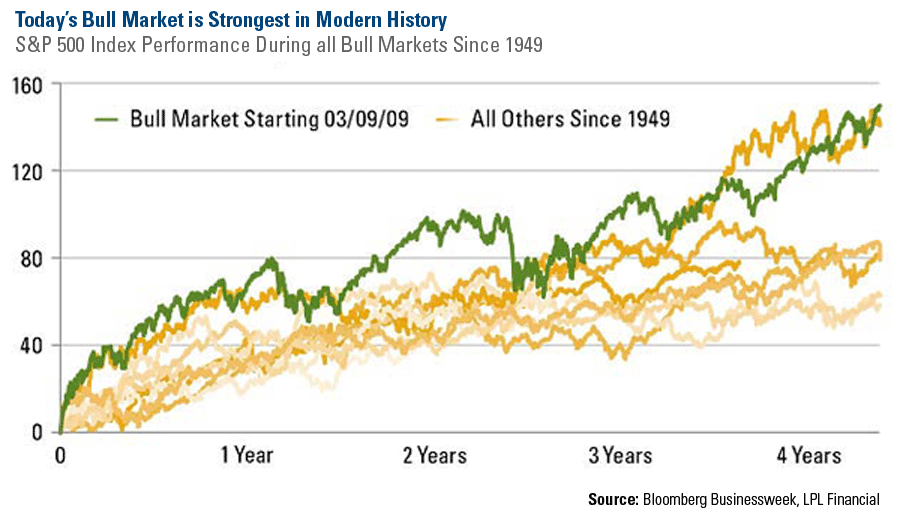Indexes Dow vs S&P 500 v 3000 Financial Planning
Post on: 31 Май, 2015 No Comment

10/30/2014
Indexes: Dow vs. S&P 500 vs. Russell 3000
How could the Dow Jones Industrial average be up over 100 points and the NASDAQ and S&P 500 be down for the day.On  10/30/2014 this was exactly the case in the early morning hours.
One of the 30 Dow Industrial constituents, Visa (V) reported wonderful earnings and the stock was off to the races. up over 9%. Visa also happens to be in the S&P 500 and the Russell 3000, so why were both down. Reason was due to the way the index is derived. In order to understand this phenomena we need to understand how the indexes methodology works. Then we will discuss picking and index to measure performance of a portfolio.
Price Weighted Method. The Dow Jones Industrial Average is a price weighted average of the 30 stocks that make up the index. The prices of constituent stocks are aggregated strictly based on quoted prices. Securities that are combined in this manner influence the index in proportion to the magnitude of their price per share. (Shilling) The price-weighted method is the average of current prices of the stocks in the index. All stock prices are added up and the total is divided by the number of stocks in the average. This method gives higher-priced stocks more influence than low-priced stocks.
Capitalization Weighted Method. Also known as the market-value-weighted method, is the method used for the indices that most investment professionals use as benchmarks to measure portfolio performance. Indexes such as the S&P 500 and the Russell 3000 use this methodology. These indexes are generated by determining the total market capitalization of all stocks in the index and dividing by the total number of shares of all the stocks. Capitalization is a companys outstanding shares multiplied by its share price, better known as market capitalization.
Equally Weighted Method. Security prices are equally weighted to give as much weight to a 1% fluctuation in the price of a stock that sell sat $108.50 as to a 1% move in the price of a stock that sells for $15.13 regardless of capitalization. (Shilling) Value Line Index is an example of this type of index method. Movements in the index are based on arithmetic or geometric average of the percentage price changes for the stocks in the index. Price or market value does not make a difference.
Now that we understand the methodology behind the types of indexes; we need to look at them to understand how to measure performance in our portfolios. As we can see Capitalization-Weighted Indexes such as the S&P 500, Russell 2000 and Russell 3000 are constructed in a way that is most accurate when using them for benchmarking portfolio performance. So which one do we choose. many professionals talk about and use the S&P 500 as the benchmark of choice. This bench mark represents 500 of the countries largest companies and addresses about 75% of the domestic investable market.  Using this index is very common but may not be entirely appropriate especially if you own a portfolio with Large Cap, Mid Cap and Small Cap stocks. Small Capitalization Stocks are not well represented by the S&P 500 and this index may give you a false indication of how you are truly doing. Often people use a blend of the S&P 500 and the Russell 2000 (small cap index) to get a better idea of performance. One index that is potentially more reliable is the Russell 3000. This index measures the performance of the largest 3,000 U.S. companies representing approximately 98% of the investable U.S. equity market. 
Benchmarking is important and we must understand what our portfolio is made up of in order to truly know which benchmark to use so we can determine how we are doing.
Prominence Capital (310)433-5378 or www.prominencecaptial.com
Posted by Prominence Capital at 10:14:30 AM in Investing














